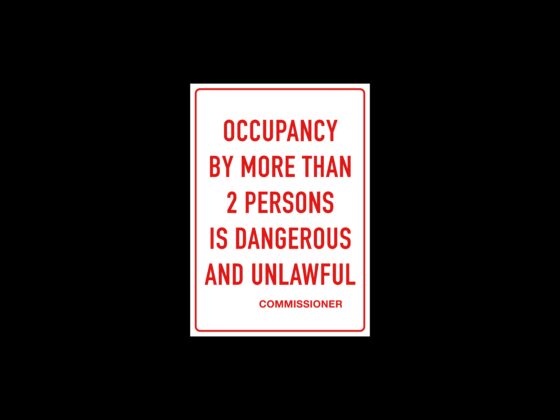International tourism has almost returned to its pre-pandemic figures, propelled by robust demand in Europe and reopening of markets in Asia and the Pacific regions. According to a recent World Tourism Barometer by UN Tourism, international tourist arrivals rebounded to 96% of its pre-pandemic levels in the seven months through July.
About 790 million tourists travelled internationally in the first seven months of 2024, which was around 11% more than in 2023 and only 4% less than in 2019. Data showed a strong start to the year, followed by a more modest second quarter.
The results align with with UN Tourism’s projection of a full recovery in international arrivals this year, despite the continuing economic and geopolitical concerns.
International tourism is on track and will see a full recovery from the biggest crisis in the sector’s history, said UN Tourism Secretary-General Zurab Pololikashvili. This recovery comes amid several economic and geopolitical challenges and highlights the strong demand for international travel and the effectiveness of ramping up air connections and easing visa restrictions, Pololikashvili said.
“This recovery also highlights the growing need for tourism planning and managing to cater for its impacts on communities in a way that the immense socio-economic benefits are paired with inclusive and sustainable policies.”

Middle East Leads Recovery
Increased air connectivity and visa facilitation has helped the growth of international travel across all regions globally.
The Middle East region showed the strongest growth in relative terms, with international arrivals up 26% from 2019 levels through July.
In Africa, international arrivals grew by 7%.
Europe and the Americas recovered 99% and 97% of their 2019 levels, respectively, during these seven months.
Tourist numbers in Asia and the Pacific surged 82% from its pre-pandemic levels (-18% versus 2019), to reach 85% in June and 86% in July.
A total of 67 of 120 destinations globally managed to recover their 2019 arrival numbers in the first half of this year, based on countries reporting monthly or quarterly data. Some of the strongest performers between January to July were Qatar (+147% versus 2019) where arrivals more than doubled, Albania (+93%), El Salvador (+81%), Saudi Arabia (+73%), Moldova (+50% through June) and Tanzania (+49% through June).
Receipts and Expenditure Data
A total of 47 out of 63 countries recovered pre-pandemic values in the first six months of the year, with many nations reporting strong double-digit growth compared to 2019 (in local currencies and current prices).
Among the best performers were Albania (+128%) and Serbia (+126%), where receipts more than doubled (compared to the same period of 2019), followed by Tajikistan (+85%), Pakistan (+76%), Montenegro (+70%), North Macedonia (+60%) and Portugal (+57%).
Strong results were also reported by Türkiye (+55%) and Colombia (+54%). Other notable countries were Saudi Arabia (+207%) and El Salvador (+168%), which posted considerable growth compared to Q1 2019.
There was strong demand for outbound travel in the first half of the year, according to data on international tourism expenditure. This was particularly noted in the large source markets, such as the U.S. (+32%), Germany (+38%), and the U.K. (+40% through March). Strong outbound spending was also reported by Australia (+34%), Canada (+28%) and Italy (+26%), through June 2024. Limited data for India showed an impressive increase in outbound spending, with 86% growth in Q1 2024 (versus Q1 2019).
Export revenues from international tourism touched $1.8 trillion (including receipts and passenger transport), almost the same as before the pandemic (-1% in real terms compared to 2019), according to revised data for 2023. Tourism direct GDP also recovered pre-pandemic levels in 2023, reaching roughly $3.4 trillion, equivalent to 3% of global GDP. In 2019, tourism directly contributed to 4% of global GDP.
Confidence Index
The UN Tourism Confidence Index showed positive expectations for the second half of the year, at 120 points for September-December. This is, however, below the prospects for May-August, which stood at 130 (on a scale of 0 to 200, where 100 reflects equal expected performance).
Nearly 47% of the tourism experts participating in the survey expect better performance for the sector in the last four months of this year, while 41% expect similar performance and 11% worse. This reflects a gradual normalization of tourism performance after a strong 2023.
Inflation in travel and tourism, especially high prices of transport and hotels, is one of the biggest challenges the tourism sector is currently facing, as well as the global economic situation, staff crunch and extreme weather events.









